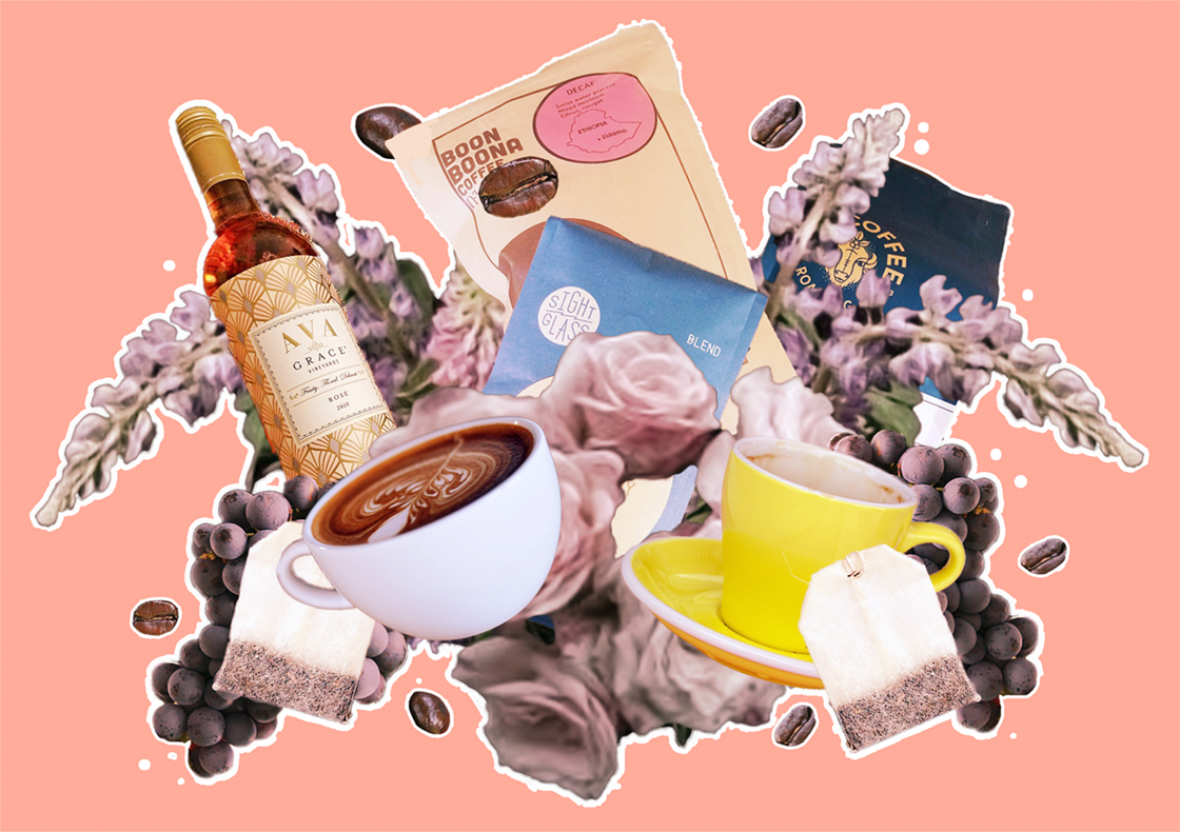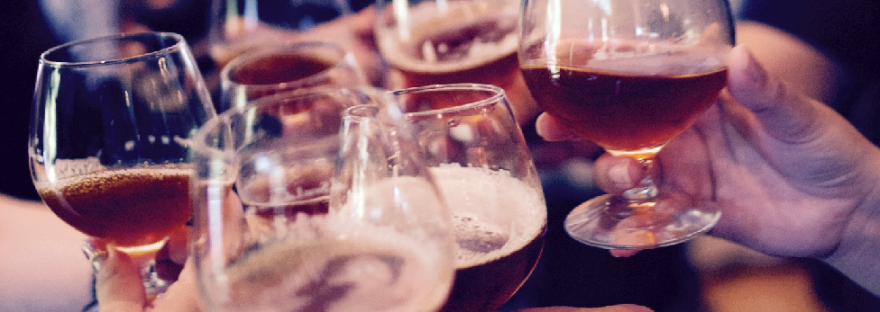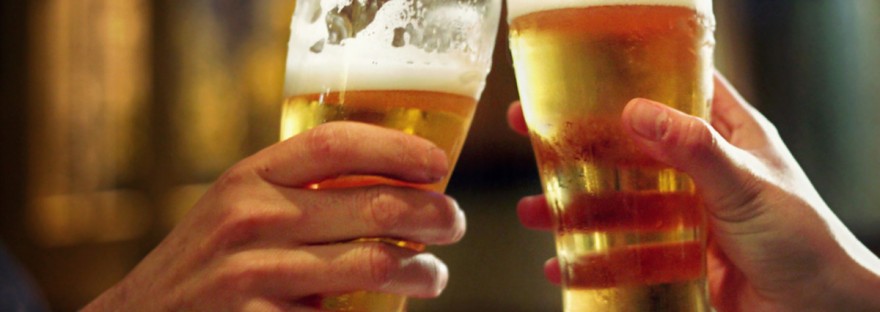This question is a common one from newcomers to the non-alcoholic space. Wine or spirits without alcohol is just a particularly strong juice…right?
Not quite. This brief and highly informative article from The Takeout dives into the technology that transforms wine into an accessible, non-alcoholic variety. Similar to how coffee is turned into decaf using processes like Swiss Water or sugarcane, non-alcoholic drinks have a few options to choose from.
One option is reverse osmosis, a technique that’s also used to separate contaminants from everyday drinking water. Another option is called vacuum distillation, which involves the same science that heats out the alcohol in cooking wine. Simply put, this growing space is meeting a ton of needs in today’s increasingly alcohol wary world.
Just like decaf coffee, no alcohol and low alcohol varieties are positioned to meet a very thirsty niche. Non-alcoholic beer marketing is facing a rather interesting challenge due to having few competitors (yet). My suggestion to breweries: don’t go the route of generic decaf coffee marketing and focus on what makes products fun and accessible.






